Aji Charapita
Species: Capsicum chinense | Origin: Peru | Pungency: Very Hot
Aji Charapita, also known as 'Aji Charapa', is a much-loved wild variety from Northeastern Peru that grows in the Amazon Rainforest near to the city of Iquitos, where the residents are referred to by the nickname of 'Charapas', a name derived from the local word for a tropical river turtle (Arrau turtle). The strong plants have a compact bushy growth habit and produce masses of small, spherical-shaped, pea-sized chillies which start light green and ripen to yellow-orange. Immature fruits may sometimes develop a purple anthocyanin cover if the plants are exposed to strong sun. Aji Charapita chillies have a strong fruity aroma and a citrus-like flavour and are widely used as a finishing spice in the cuisines of Peruvian jungle cities, namely Iquitos, Pucallpa and Tarapoto. Aji Charapita is closely related to Cumari do Pará, a Capsicum chinense variety from the state of Pará in Brazil.
There are several Peruvian Capsicum chinense varieties in existence that produce spherical-shaped, yellow-orange coloured fruit which varies in size from that of a pea to that of an average-sized blueberry, and all are often labelled as Aji Charapita. The immature fruit of some varieties is lime green in colour, whereas with the original wild variety (shown below) the immature colour is light green and the fruit normally develops a full or partial anthocyanin cover due to sun exposure. I once saw a photo showing Aji Charapita plants being grown in a field in Peru, and it was clear from the photo that there were at least two different varieties being grown together. Given how Aji Charapita is now cultivated on a small scale in Peru, I guess it's safe to say that new hybrids were developed to produce slightly larger fruit so as to make it more commercially viable.
Articles making unsubstantiated claims about Aji Charapita being the most expensive chilli in the world are now widespread across the internet. Some websites claim that Aji Charapita chillies are much sought after by chefs and chilli connoisseurs and that a kilogram of ripe fruit can cost around $25,000! However, these claims are just a myth and are the result of a marketing gimmick. Another myth surrounding Aji Charapita is that it's a very difficult variety to grow, but this is also incorrect. Treat it how you would any other C. chinense variety and it will grow just fine.
Page published on: 16th October 2019
Aji Charapita, also known as 'Aji Charapa', is a much-loved wild variety from Northeastern Peru that grows in the Amazon Rainforest near to the city of Iquitos, where the residents are referred to by the nickname of 'Charapas', a name derived from the local word for a tropical river turtle (Arrau turtle). The strong plants have a compact bushy growth habit and produce masses of small, spherical-shaped, pea-sized chillies which start light green and ripen to yellow-orange. Immature fruits may sometimes develop a purple anthocyanin cover if the plants are exposed to strong sun. Aji Charapita chillies have a strong fruity aroma and a citrus-like flavour and are widely used as a finishing spice in the cuisines of Peruvian jungle cities, namely Iquitos, Pucallpa and Tarapoto. Aji Charapita is closely related to Cumari do Pará, a Capsicum chinense variety from the state of Pará in Brazil.
There are several Peruvian Capsicum chinense varieties in existence that produce spherical-shaped, yellow-orange coloured fruit which varies in size from that of a pea to that of an average-sized blueberry, and all are often labelled as Aji Charapita. The immature fruit of some varieties is lime green in colour, whereas with the original wild variety (shown below) the immature colour is light green and the fruit normally develops a full or partial anthocyanin cover due to sun exposure. I once saw a photo showing Aji Charapita plants being grown in a field in Peru, and it was clear from the photo that there were at least two different varieties being grown together. Given how Aji Charapita is now cultivated on a small scale in Peru, I guess it's safe to say that new hybrids were developed to produce slightly larger fruit so as to make it more commercially viable.
Articles making unsubstantiated claims about Aji Charapita being the most expensive chilli in the world are now widespread across the internet. Some websites claim that Aji Charapita chillies are much sought after by chefs and chilli connoisseurs and that a kilogram of ripe fruit can cost around $25,000! However, these claims are just a myth and are the result of a marketing gimmick. Another myth surrounding Aji Charapita is that it's a very difficult variety to grow, but this is also incorrect. Treat it how you would any other C. chinense variety and it will grow just fine.
Page published on: 16th October 2019
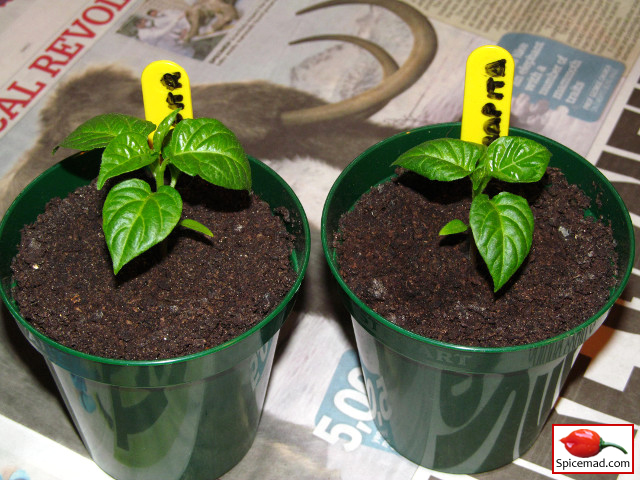 |
| Aji Charapita - 20th February 2017 |
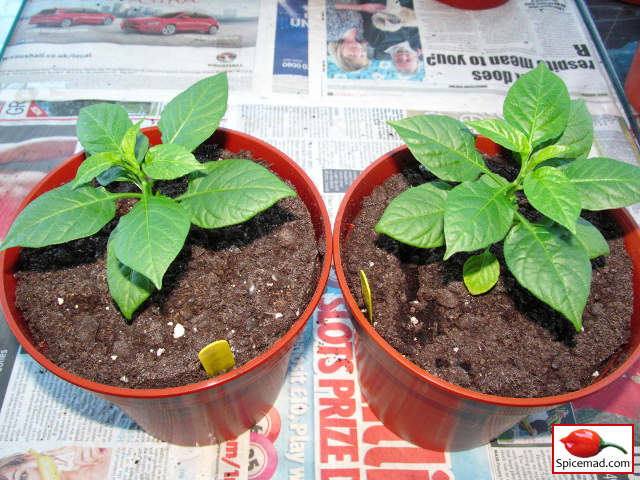 |
| Aji Charapita - 20th March 2017 |
 |
| Aji Charapita - 17th April 2017 |
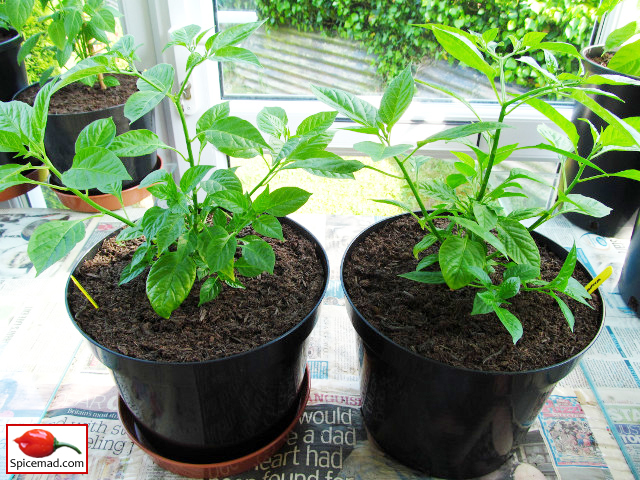 |
| Aji Charapita - 26th May 2018 |
 |
| Aji Charapita - 8th July 2018 |
 |
| Aji Charapita - 8th July 2018 |
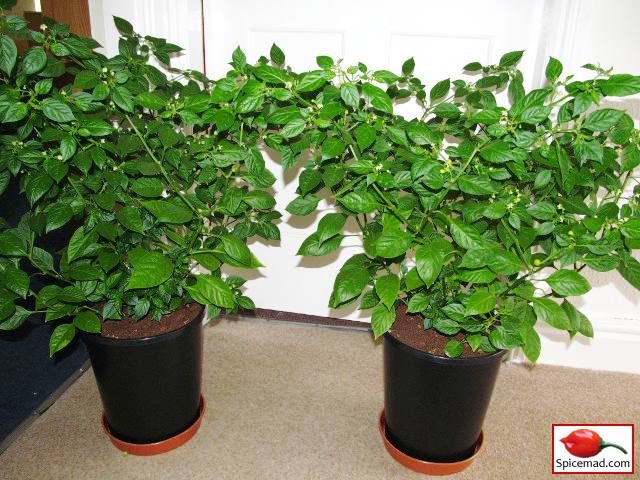 |
| Aji Charapita - 21st July 2018 |
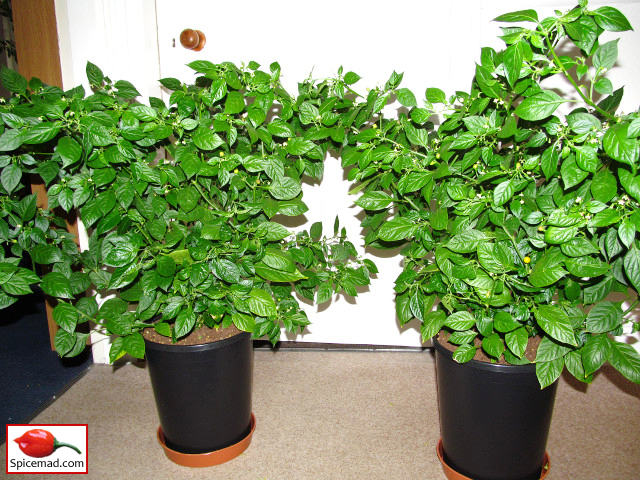 |
| Aji Charapita - 1st August 2018 |
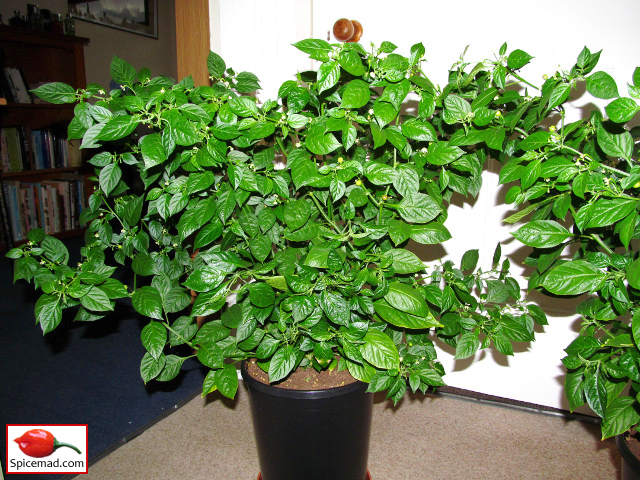 |
| Aji Charapita - 1st August 2018 |
 |
| Aji Charapita - 14th August 2018 |
 |
| Aji Charapita - 21st September 2018 |
 |
| Aji Charapita Flower - 27th September 2018 |
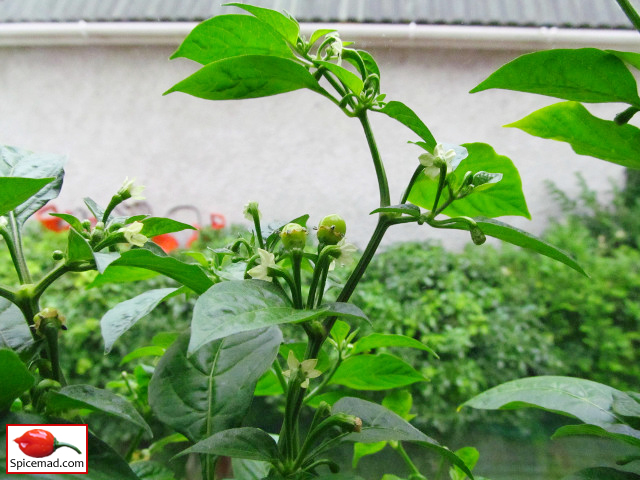 |
| Aji Charapita - 27th June 2017 |
 |
| Aji Charapita - 21st July 2018 |
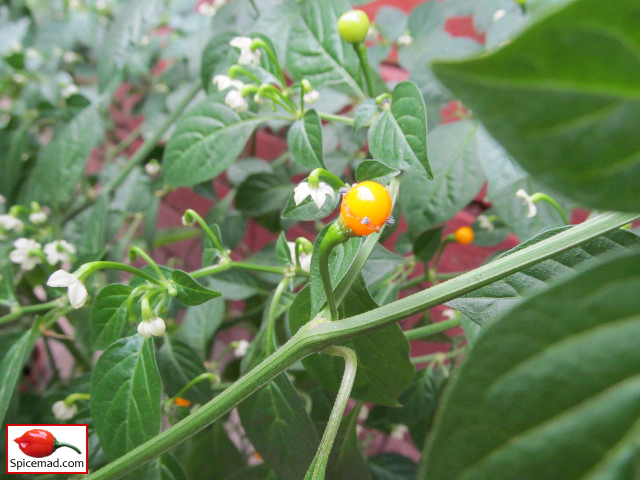 |
| Aji Charapita - 14th August 2018 |
 |
| Aji Charapita - 14th August 2018 |
 |
| Aji Charapita - 14th August 2018 |
 |
| Aji Charapita - 21st September 2018 |
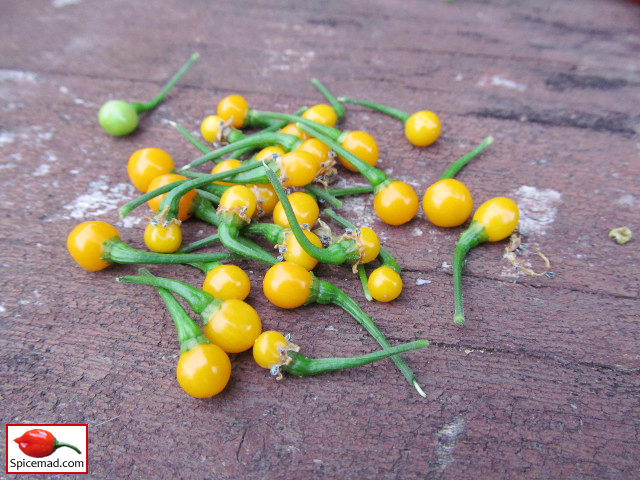 |
| Aji Charapita - 14th August 2018 |
 |
| Aji Charapita - 26th August 2018 |
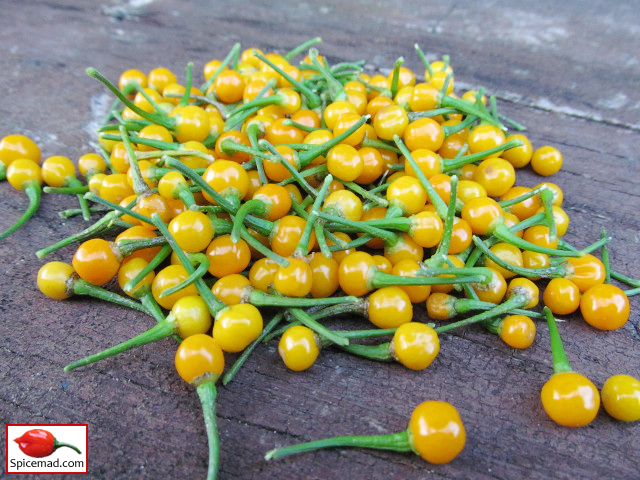 |
| Aji Charapita - 6th October 2018 |
